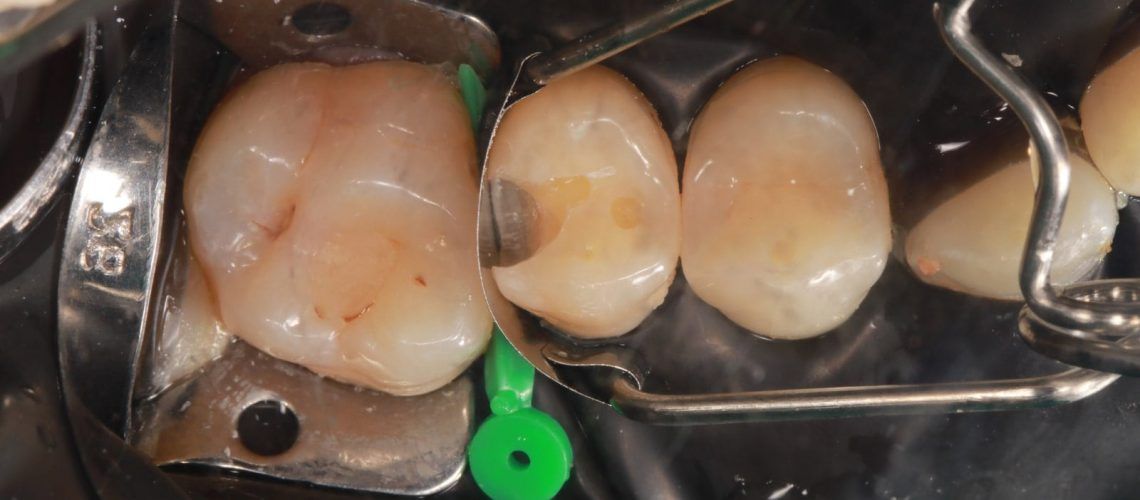To the average dental patient, a cavity is simply a cavity. Within the realm of dentistry, however, cavities actually come in one of several different classifications. The designations have a long history within the dental community, first having been created over a century ago by one Dr. G.V. Black. He identified a need to categorize cavities, also known as caries or carious lesions, and devised one that has been used in the years to follow.
Discover The Classification Of Cavities Your Dentist Uses
The classification system sorts cavities into one of six categories based on their location on the tooth, as well as the particular type of tooth it affects. Rather than using names to refer to these lesions, they’ve been numbered. The six types of lesion by location are as follows:
- Class I: This type of lesion occurs on the chewing surfaces of the molars or premolars, the facial (cheek side) or lingual (tongue side) of the molars or the lingual face of the incisors. Essentially if you can easily see the cavity in one of these locations, it’s likely a class I.
- Class II: These cavities exist between the molars and premolars, typically hidden out of sight.
- Class III: Again refers to cavities that are difficult to see with the eye in a healthy mouth due to their location. In this case on the surfaces between your incisor or canines not visible from the front.
- Class IV: As class III, but affect the front-facing part of the tooth and are therefore visible to casual observation.
- Class V: These cavities can be found on the facial (outside, by the cheeks) portion of the teeth. They affect the ‘neck’ of the tooth, between the root and the crown.
- Class VI: These are located on the biting edge of the rear teeth on the side that faces the front of the mouth.
The above classifications, as you may have discerned, relate to the positioning of the cavities rather than their severity. Another classification system is used to describe how severe a cavity may be.
- Incipient – These cavities are relatively mild, extending less than half of the thickness of the enamel.
- Moderate – Slightly more severe than the above, these cavities extend further than halfway through the enamel layer but have not yet reached the dentin layer.
- Advanced – These lesions have fully penetrated the enamel and are less than halfway through the dentin to the pulp.
- Severe – At this point, the cavity is either extremely near to the pulp or has already reached it.
How To Learn More About Your Cavities
The above classifications are primarily used by your dental provider and will generally be explained to you in plain language. However, it may be interesting for you to be able to discern more from the shop-talk that passes between your dentist and hygienist while discussing the next steps of your care. If you hear terms that you aren’t familiar with, or can’t quite remember what one of these terms mean, feel free to ask your dentist or hygienist



